
Welcome to Nightpixels, a data-driven visual blog about investing, business, and technology.
Nightpixels is published each week by Nightview Capital Research Analyst Cameron Tierney. Follow him here on X.
Sign up below to receive The Nightcrawler newsletter.
Error: Contact form not found.
LLM performance is plateauing—but the product innovations keep coming
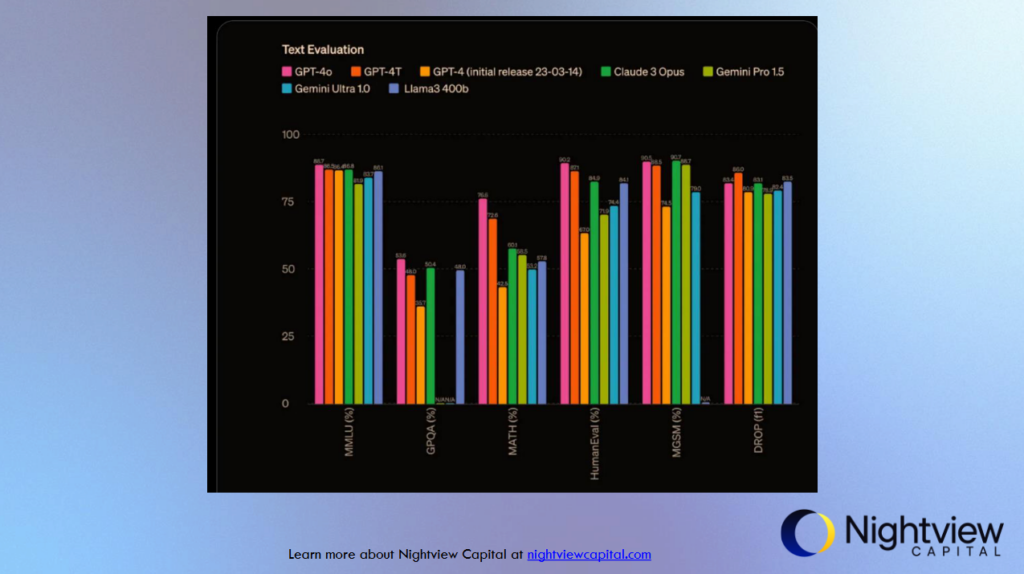
OpenAI released an updated GPT 4 model, dubbed GPT 4o this week. According to performance tests (results depicted above), 4o’s performance is marginally better than GPT 4 and in line with comparable LLMs. As AI developers increasingly search for new data to train and improve their models, the performance of LLMs may be reaching a plateau. However, companies like OpenAI and Google (discussed in the next visual) are finding other ways to innovate by adding multimodal capabilities to their AI models. GPT 4o, for example, can ingest images and audio. One of the most fa applications of this functionality was data analysis from spreadsheets that might take a human hours.
Google’s I/O 2024 aims to put AI laggard claims to rest
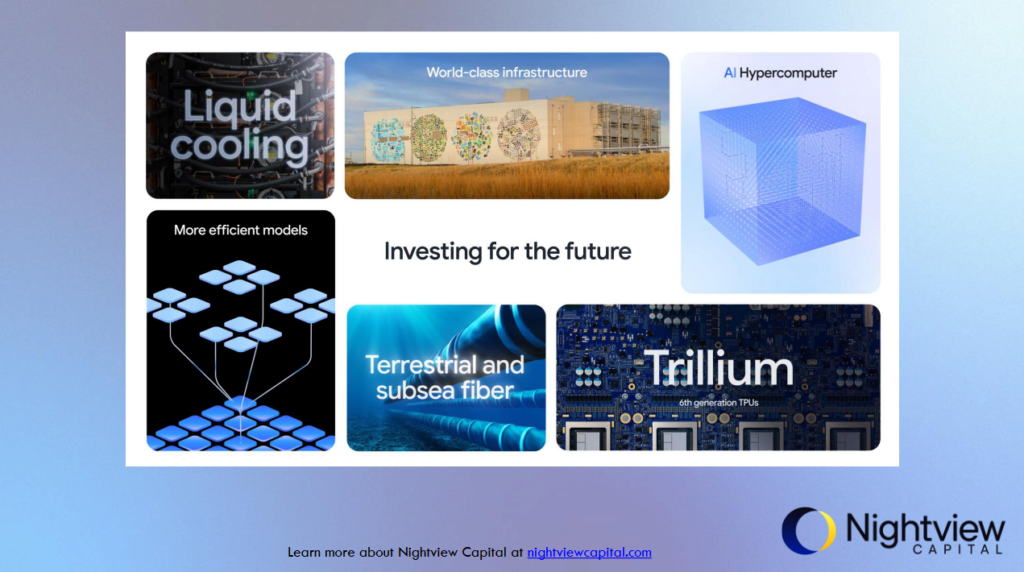
Google kicked off its annual developer conference, called Google I/O. The opening keynote featured a slew of AI product announcements. Generative AI is coming to the core search experience, as well as the company’s core workspace apps like Drive and Gmail, and also Android will be recentered around generative AI. The theme of the opening keynote was less about flashy performance improvements to Google’s LLMs (though they certainly featured those), and more about how generative AI will integrate into Google’s core consumer products. Depicted above is Google’s latest infrastructure for running its Gemini AI models as showcased at the I/O event.
How aurora borealis is formed
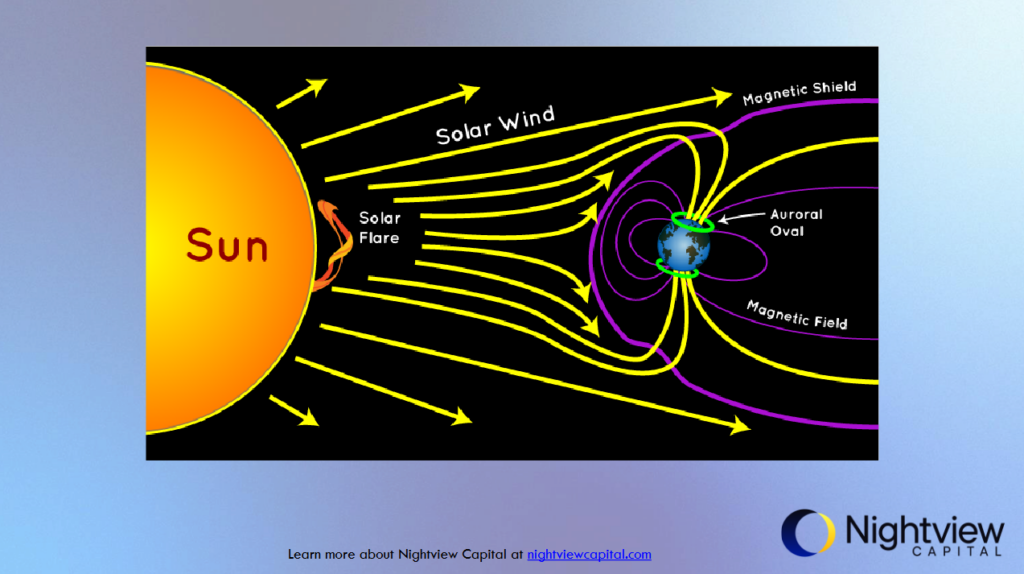
As many people in the northern U.S. were treated to the northern lights due to an intense solar storm storm, this visual shows how an aurora forms. Simply, charged gases emitted from the sun travel towards the earth. They are pulled into the poles and thus interact with gasses in our local atmosphere. The resulting chemical reactions produce a variety of light hues – often green, blue, or purple depending on the compounds involved. Earth is not the only planet where this occurs. In fact, researchers have observed the aurora borealis phenomenon on all the solar system’s planets—except Mercury.
Global extreme poverty is at an all-time low
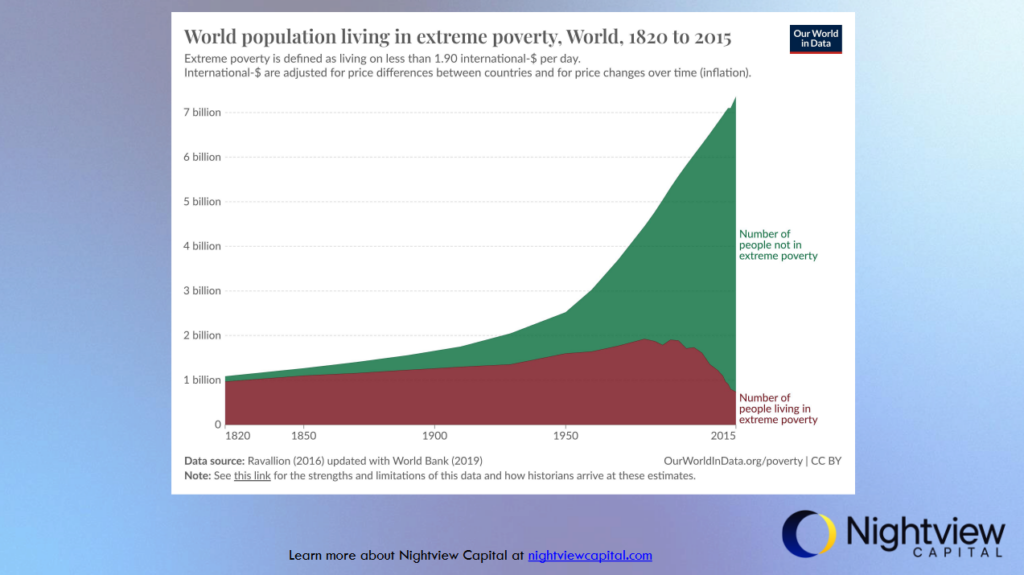
Some good news: the number of people living in extreme poverty globally (defined as living on less than $1.90 per day) is at an all-time low. Populations and wealth exploded after the onset of the industrial revolution, and technology can continue to increase the population capacity of our planet while increasing wealth for all. As investors, we believe the pace of change in technology will only continue to accelerate.
U.S. Air Force raises concern that ULA cannot meet its launch requirements
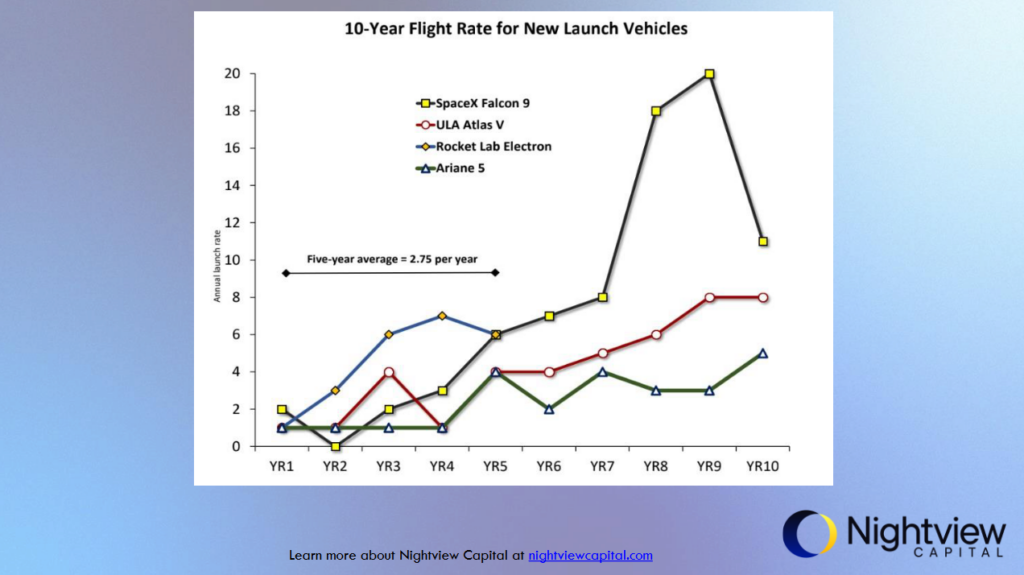
This chart shows how various rocket programs trended over their lifetimes. Not pictured is ULA’s latest program, Vulcan, which launched for the first time in January. However, Air Force officials are concerned ULA will be unable to deliver the 25 payloads they’ve contracted the Vulcan program to orbit by 2027. The Vulcan program uses BE-4 engines from Jeff Bezo’s Blue Origin.
Comparing the growth rates and scale of Big Tech ads
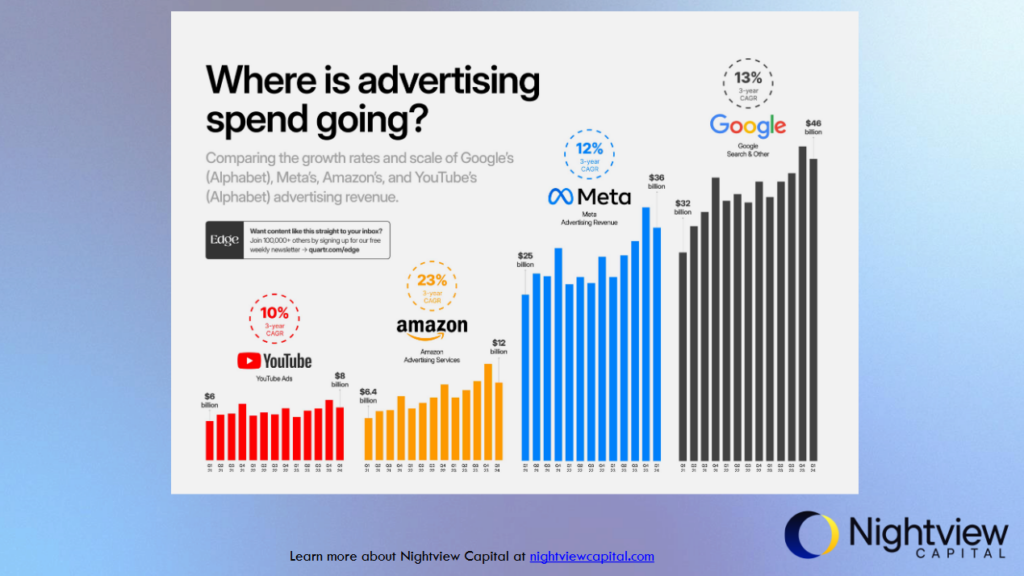
This chart showcases the scale and growth rates of the ads businesses at Google, Meta, and Amazon – with a special break out for YouTube. Amazon’s ads business is growing fastest at over 20%, and has already eclipsed YouTube’s scale.
China’s rapid rise in the global auto market
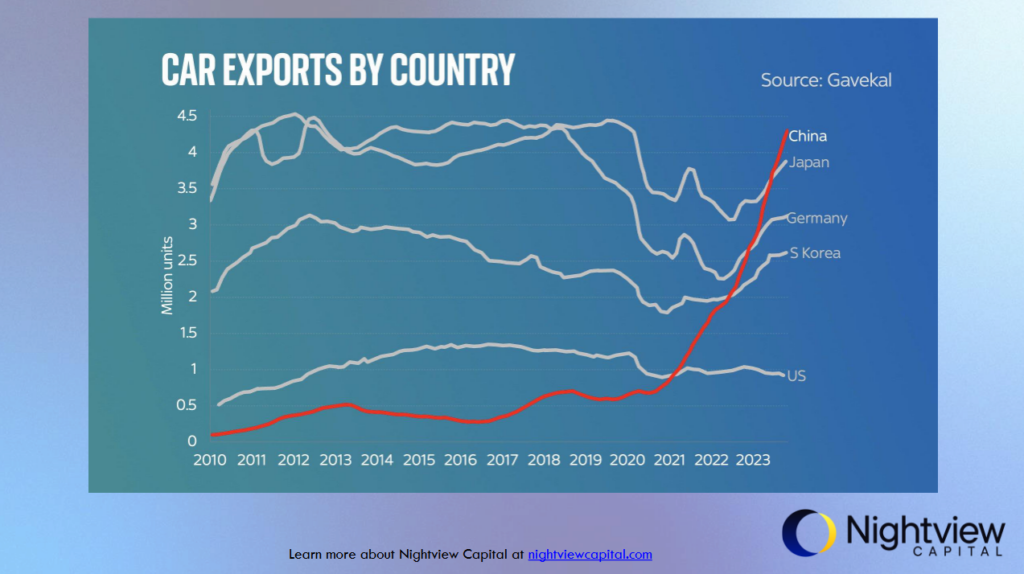
News dropped this week that the Biden administration will impose a 100% tariff on Chinese autos. The Chinese automotive industry has rapidly grown to eclipse Japan, South Korea, and Germany’s automotive exports. With the CCP heavily subsidizing EV and battery production in the country, both Biden and Trump have said they will impose unprecedented levels of tariffs on imported Chinese autos.
